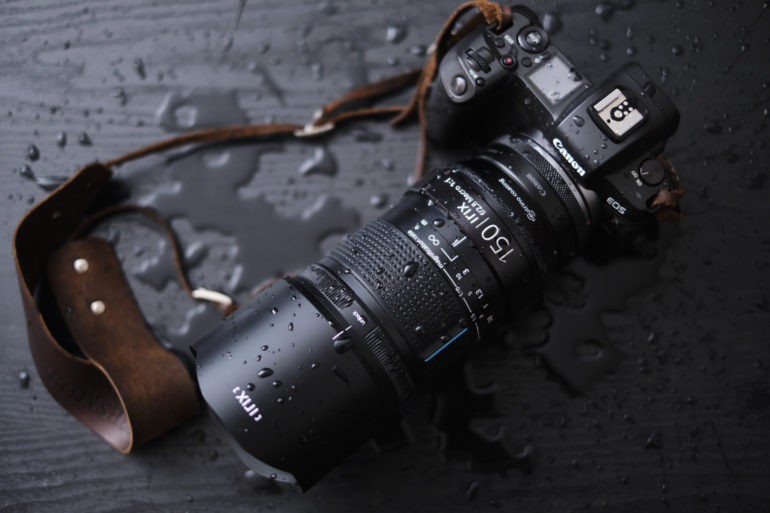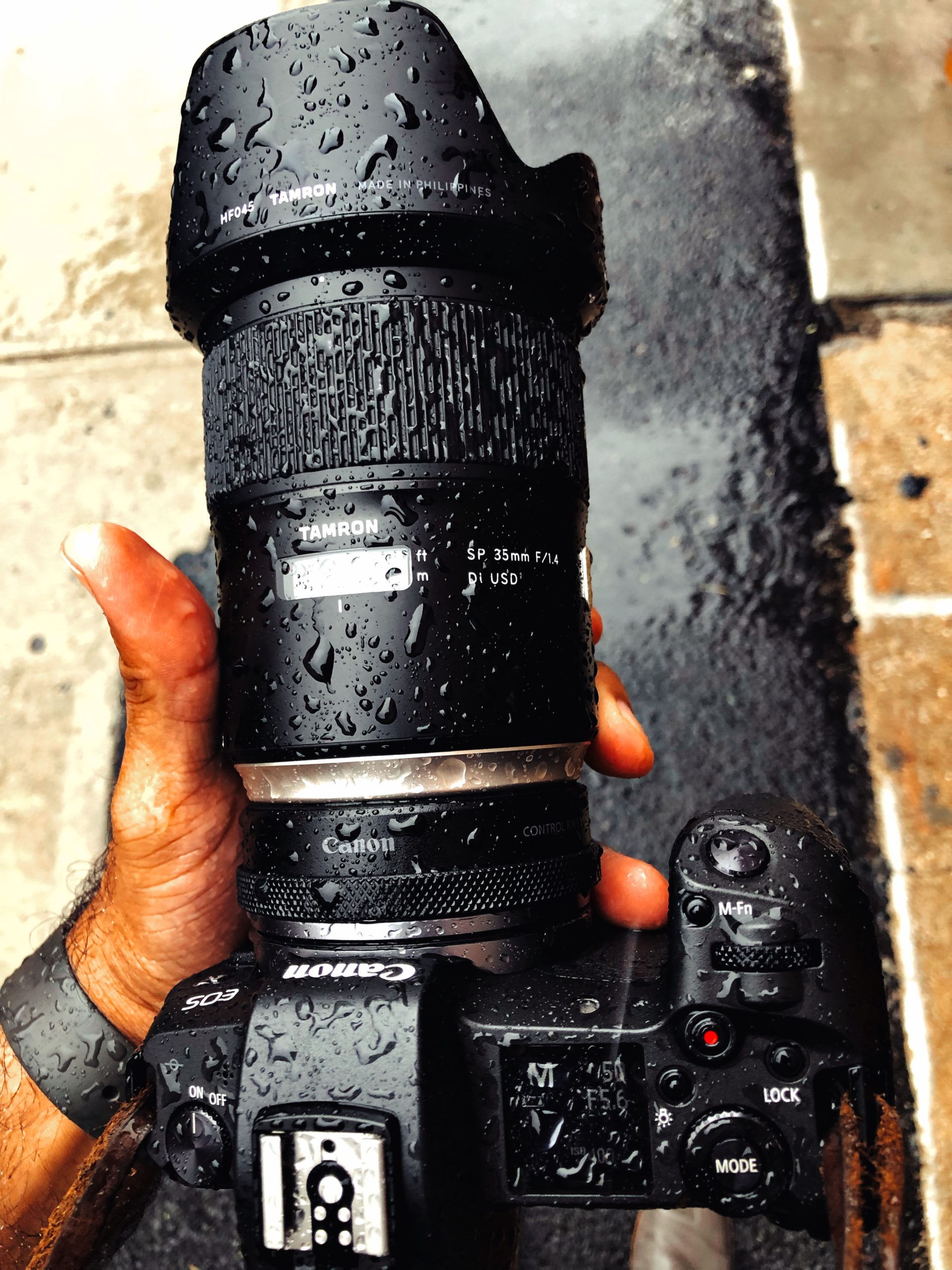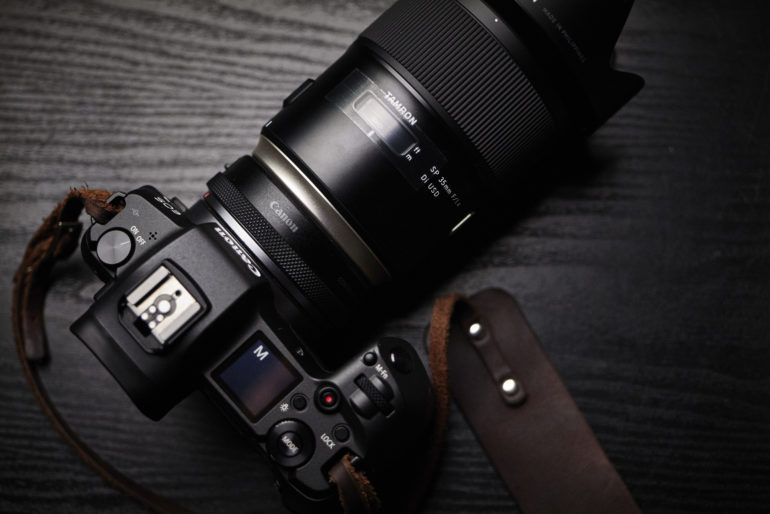If you’re one of those photographers that owns a Canon DSLR but is afraid to move to mirrorless, you’ve come to the right place. What we’re doing today is something just for you. Got an old Canon EF lens? Well, we’re feeding your intentions a bit more. If you’re wanting to adapt a lens to a Canon RF camera body, check this out. Similarly, if you’re bored and looking for another lens for Canon RF cameras, you’ll love this. Here are some of our favorite lenses to adapt to Canon RF cameras.
The Phoblographer’s various product round-up features are done in-house. Our philosophy is simple: you wouldn’t get a Wagyu beef steak review from a lifelong vegetarian. And you wouldn’t get photography advice from someone who doesn’t touch the product. We only recommend gear that we’ve fully reviewed. If you’re wondering why your favorite product didn’t make the cut, there’s a chance it’s on another list. If we haven’t reviewed it, we won’t recommend it. This method keeps our lists packed with industry-leading knowledge. Some of our stories include affiliate links. If you buy something through one of these links, we may earn an affiliate commission.
Pro Tips on Adapting Lenses to Canon RF Cameras

Here are some pro tips when using adapted lenses on cameras like the Canon EOS R5:
- By far, Canon has the best manual focus system. It works kind of like a rangefinder system that tells you pretty much exactly when the lens is in focus. Granted, it does this when there are AF/AE contacts on the lens.
- Canon has a few different lens adapters for Canon EF to Canon RF cameras. Our favorite has a special slit for lens filters.
- Rest assured, if you’ve got a weather sealed lens, its will work just fine with Canon’s official EF to RF adapters.
- Yes, these lenses work with Canon Eye autofocus algorithms. And they’re wonderful.
IRIX 150mm f2.8 Macro Dragonfly

In our review, we state:
“The IRIX 150mm f2.8 Dragonfly Macro Lens exhibits great image quality overall. The bokeh is just beautiful and the feeling of the images is very organic. There is no micro-contrast or trickery: it’s just the pop from the 11 aperture blades and the sharpness that the lens renders. The title of this piece calls this lens The Bokeh King, and it indeed really is. Photographers of all types will not only love the bokeh, but they’ll also appreciate the sharpness, color rendition, and how fun this lens can be. If you’re a Canon EOS R owner with the adapter, you’re in for a real treat.”
Tamron SP 35mm f1.4 Di USD
In our review, we state:
“We’re happy to say that, in fairly low lighting, the Tamron SP 35mm f1.4 Di USD still performs admirably. It can acquire focus and track well if you fine tune the EOS R’s settings. For event work, it’s surely reliable enough. Though, for the record, it’s still not faster than Canon’s own 35mm f1.8 IS.”
Canon 85mm f1.4 L IS USM
In our review, we state:
“I’m giving the Canon 85mm f1.4 L IS USM five out of five stars; it delivers in pretty much every way. This is a sign of a Canon that wants to compete more with Sony, Zeiss, and others in the lens world. The company has traditionally put a bigger emphasis on the quality of their zooms, but the Canon 85mm f1.4 L IS USM is a very solid prime lens offering. With great image quality, fast autofocus performance that can track eyes as they move on an animated model, weather sealing, and a small size, there is nothing to complain about with the Canon 85mm f1.4 L IS USM. I mean, aside from that price point.”




